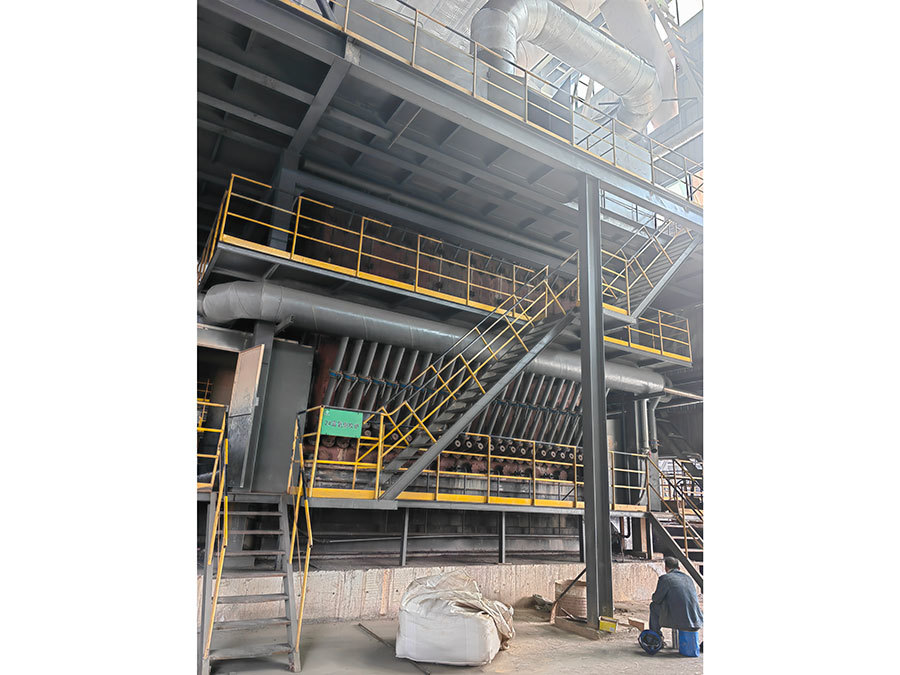Understanding Secondary Lead Melting Equipment: Enhancing Efficiency in Metal Recycling
Aug 04,2025

Secondary lead melting equipment is a critical component in the metal recycling industry, specifically tailored for the efficient processing of lead materials. This equipment is primarily used to melt down scrap lead, often sourced from spent batteries and other industrial waste, before it is refined and repurposed for new applications. The importance of this equipment cannot be understated, as it plays a vital role in both environmental sustainability and resource management.
One of the primary advantages of secondary lead melting equipment is its ability to operate at high efficiency levels. Modern systems are designed with advanced technology that optimizes energy consumption and enhances melting speed, significantly reducing the time required for processing lead materials. Furthermore, these systems often incorporate features such as temperature control and automated feeding mechanisms, which help maintain consistent melting conditions and minimize material loss.
In addition to operational efficiency, secondary lead melting equipment also contributes to environmental conservation. The recycling of lead through efficient melting processes reduces the need for mining new lead, which is an environmentally detrimental activity. By utilizing recycled lead, industries can help mitigate the environmental impact associated with lead extraction and promote a more sustainable approach to metal production.
When considering secondary lead melting equipment, it's important to assess various factors that can affect its performance. The capacity of the equipment should match the volume of lead scrap intended for processing. Additionally, the design and construction of the melting equipment should facilitate easy maintenance and cleaning to ensure optimal operational longevity. Safety features are also paramount, given the potential hazards associated with lead exposure and high-temperature operations.
Moreover, understanding the different types of melting furnaces available can aid in making informed decisions. For instance, induction furnaces are known for their rapid heating capabilities and energy efficiency, while reverberatory furnaces may be favored for their larger melting capacities. Each type comes with its own set of advantages and considerations, making it essential to select the one that aligns with specific operational needs.
In conclusion, secondary lead melting equipment plays a crucial role in enhancing the efficiency of lead recycling processes. By leveraging modern technology and innovative design, industries can achieve significant improvements in energy efficiency, operational performance, and environmental sustainability. As the demand for recycled metals continues to grow, investing in advanced melting equipment becomes increasingly important for businesses looking to optimize their metal recycling operations.
One of the primary advantages of secondary lead melting equipment is its ability to operate at high efficiency levels. Modern systems are designed with advanced technology that optimizes energy consumption and enhances melting speed, significantly reducing the time required for processing lead materials. Furthermore, these systems often incorporate features such as temperature control and automated feeding mechanisms, which help maintain consistent melting conditions and minimize material loss.
In addition to operational efficiency, secondary lead melting equipment also contributes to environmental conservation. The recycling of lead through efficient melting processes reduces the need for mining new lead, which is an environmentally detrimental activity. By utilizing recycled lead, industries can help mitigate the environmental impact associated with lead extraction and promote a more sustainable approach to metal production.
When considering secondary lead melting equipment, it's important to assess various factors that can affect its performance. The capacity of the equipment should match the volume of lead scrap intended for processing. Additionally, the design and construction of the melting equipment should facilitate easy maintenance and cleaning to ensure optimal operational longevity. Safety features are also paramount, given the potential hazards associated with lead exposure and high-temperature operations.
Moreover, understanding the different types of melting furnaces available can aid in making informed decisions. For instance, induction furnaces are known for their rapid heating capabilities and energy efficiency, while reverberatory furnaces may be favored for their larger melting capacities. Each type comes with its own set of advantages and considerations, making it essential to select the one that aligns with specific operational needs.
In conclusion, secondary lead melting equipment plays a crucial role in enhancing the efficiency of lead recycling processes. By leveraging modern technology and innovative design, industries can achieve significant improvements in energy efficiency, operational performance, and environmental sustainability. As the demand for recycled metals continues to grow, investing in advanced melting equipment becomes increasingly important for businesses looking to optimize their metal recycling operations.
TAG:
Contact Us
Company Email:
962452762@qq.com
Contact Number:
+8615670922562
Company Address:
No. 11 Plant, Tiantan Industrial Park, Huling Industrial Cluster, Jiyuan City


